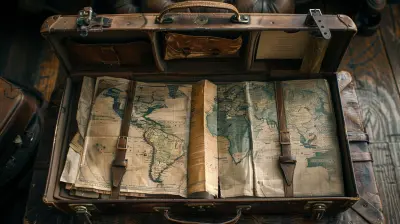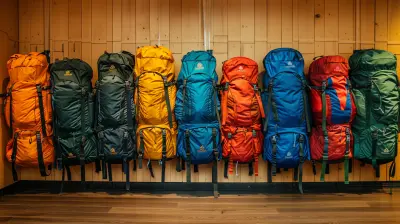The Evolution of Airlines: From the Early Days to Luxurious Travel
19 June 2025
Air travel is something we often take for granted today. With just a few taps on our phones, we can book a flight and be halfway across the world in a matter of hours. But have you ever wondered how we got here? The airline industry has come a long way—from fragile wooden planes to the ultimate luxury of first-class suites.
Let’s take a journey through time and see how airlines have evolved from their humble beginnings to the high-flying luxury we experience today.
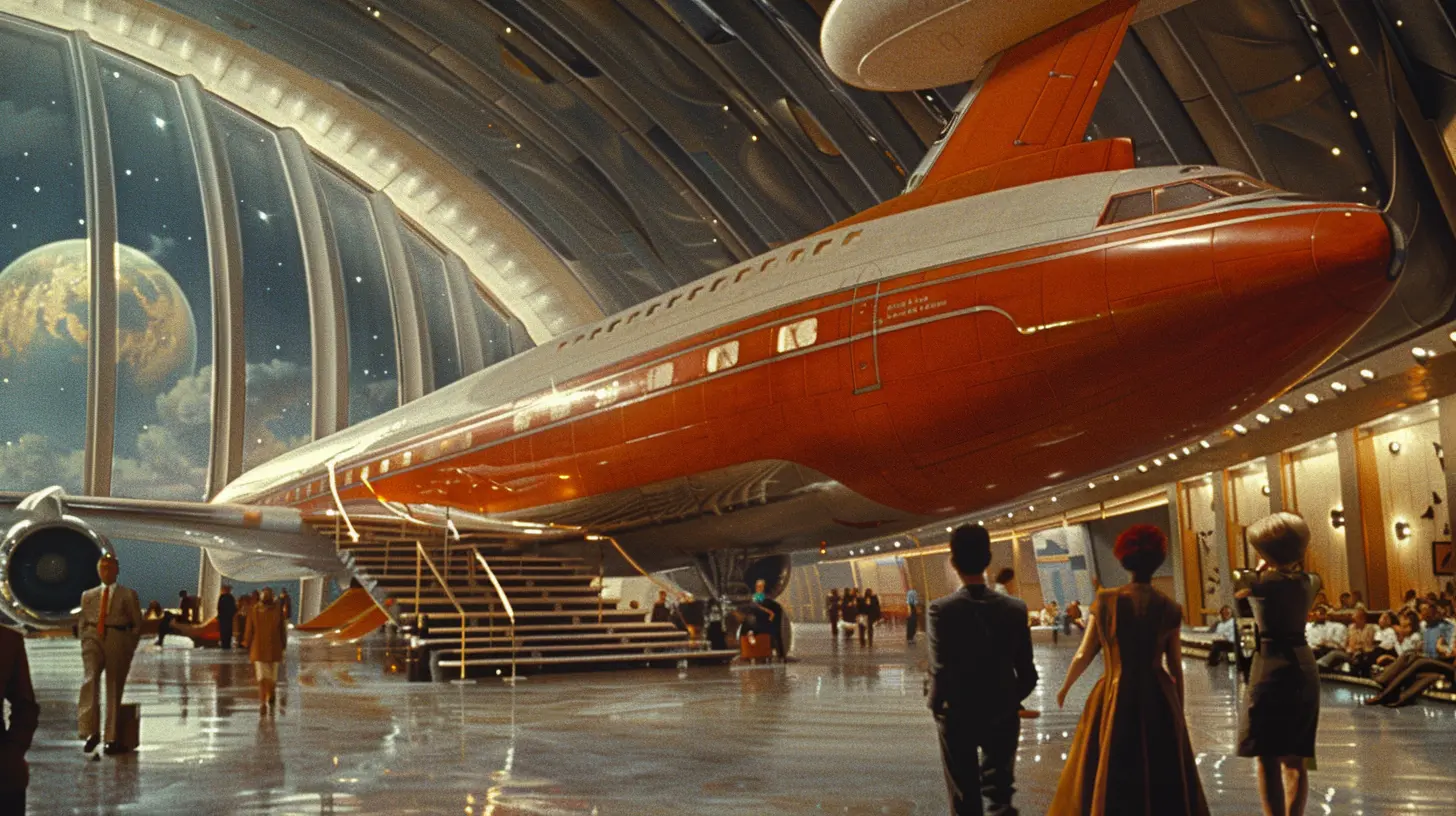
The Early Days of Aviation
Before airlines as we know them existed, aviation was a risky and exhilarating experiment. Imagine a world where flying was more of a death-defying stunt than a practical means of travel.The Wright Brothers and Their First Flight
It all started in 1903 when the Wright brothers, Orville and Wilbur, successfully flew the first powered airplane in Kitty Hawk, North Carolina. That flight lasted just 12 seconds and covered only 120 feet—but it was enough to change the course of history.These early airplanes were small, unreliable, and incredibly uncomfortable. There were no commercial flights, no flight attendants, and certainly no in-flight meals. But this tiny step would eventually lead to something much bigger.
The Birth of Commercial Aviation
The 1910s and 1920s saw the first attempts at commercial air travel. However, these early flights were rough. Planes were noisy, bumpy, and barely had room for more than a handful of passengers. Imagine squeezing onto a wooden bench with no seat belts and enduring hours of turbulence. Comfort was not the priority—simply surviving the flight was the main goal!In 1914, the St. Petersburg-Tampa Airboat Line became the world's first scheduled airline service, operating a small aircraft that flew just 21 miles across Florida. It may not sound like much, but it was a glimpse into what the future held.
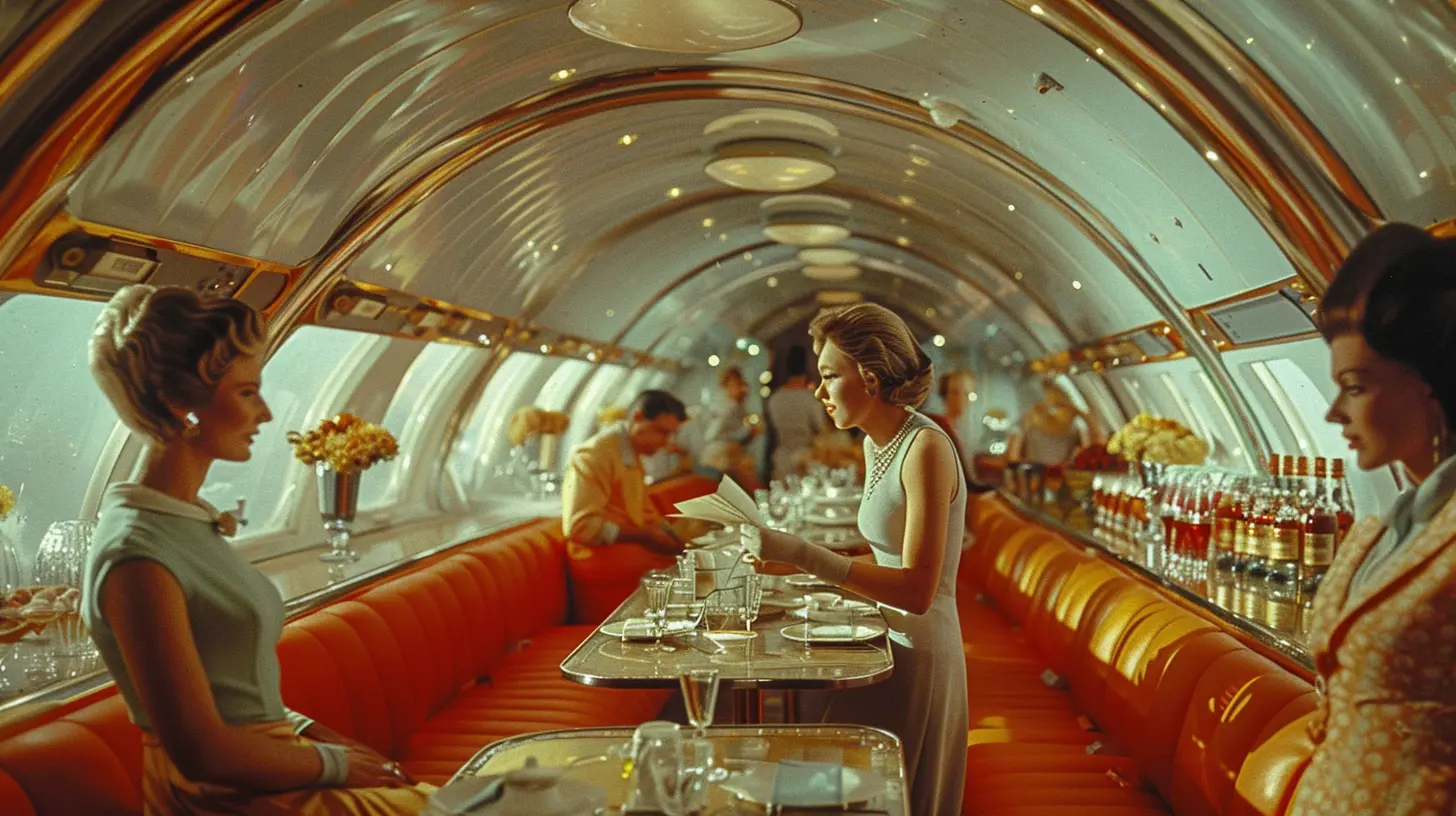
The Golden Age of Air Travel
Fast forward to the 1930s and 1940s, and air travel was starting to look a little more like what we know today. Larger planes, smoother rides, and better infrastructure made flying less of a wild adventure and more of a viable transportation option.The Rise of Passenger Airlines
By the 1930s, major airlines like Pan Am, American Airlines, and TWA were beginning to make a name for themselves. Aircraft such as the Douglas DC-3 revolutionized air travel by offering more comfortable seating and reliable long-distance flights.Suddenly, flying wasn’t just for daredevils—it was becoming a fashionable mode of travel for the wealthy. Flight attendants (originally called “stewardesses”) were introduced, adding a touch of hospitality to flights.
World War II and Its Impact on Airlines
World War II significantly advanced aviation technology. Aircraft became more powerful, durable, and streamlined. After the war, many military transport planes were repurposed for commercial use, leading to a boom in passenger air travel.With more routes, safer flights, and better aircraft, the airline industry truly began to take off.
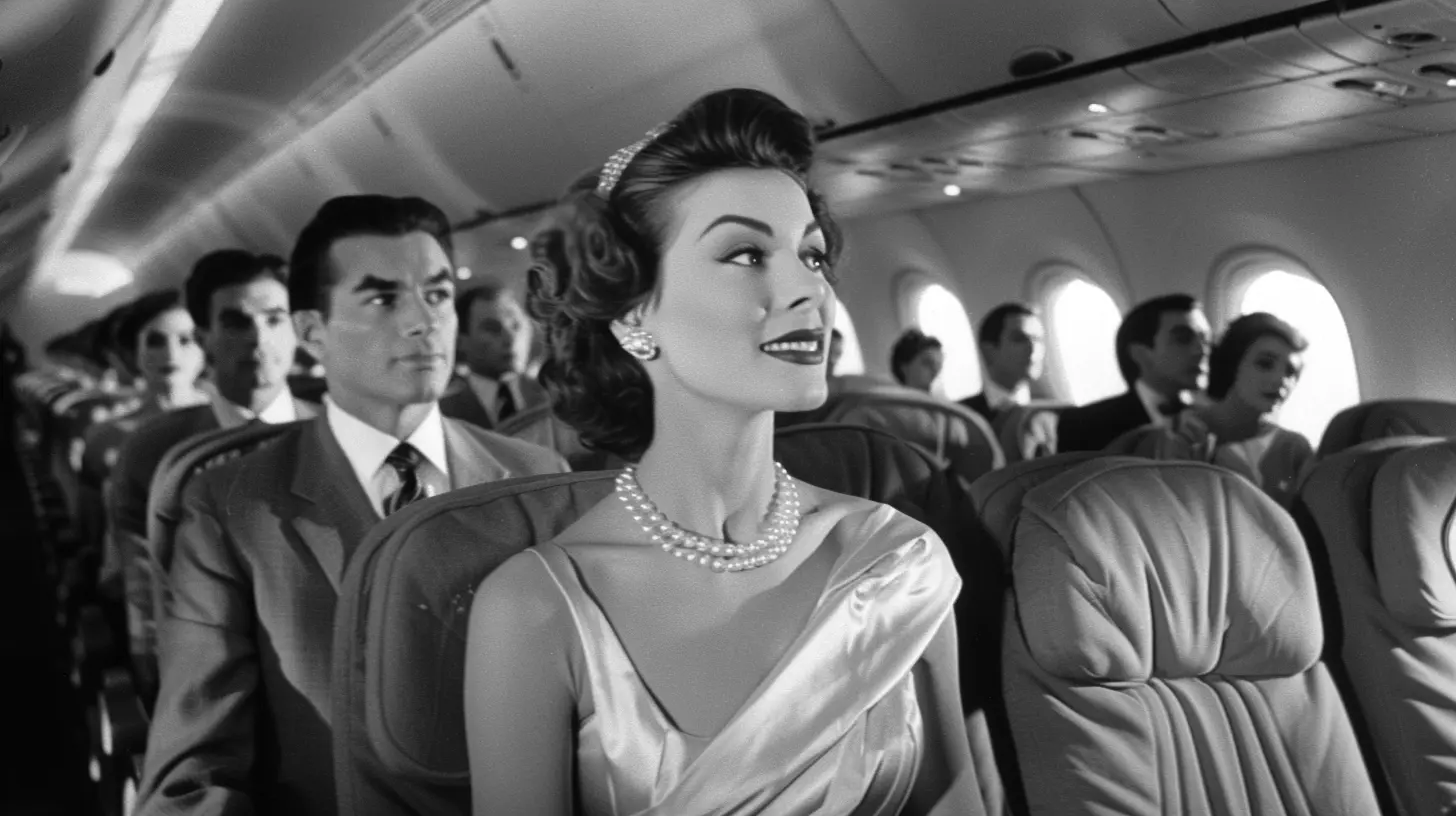
The Jet Age: Speed and Convenience
The 1950s and 1960s marked the beginning of the Jet Age, a period when air travel transformed from a luxury for the rich to a common mode of transportation for the masses.The Introduction of Jet Engines
One of the biggest breakthroughs was the introduction of jet engines. Aircraft like the Boeing 707 and the Douglas DC-8 could fly faster, higher, and farther than their propeller-driven predecessors. This drastically cut travel times and made long-haul international flights more practical.Suddenly, flying from New York to London in just a few hours was possible. Imagine how mind-blowing that must have been at the time!
Air Travel Becomes More Affordable
With technological advancements and increased competition, air travel became more affordable. Airlines started offering economy class, making flying accessible to more people than ever before.By the late 1960s, glamorous airline commercials flooded television screens, showing smiling flight attendants, gourmet meals, and passengers dressed in their finest attire. Yes, believe it or not, people used to dress up for flights!
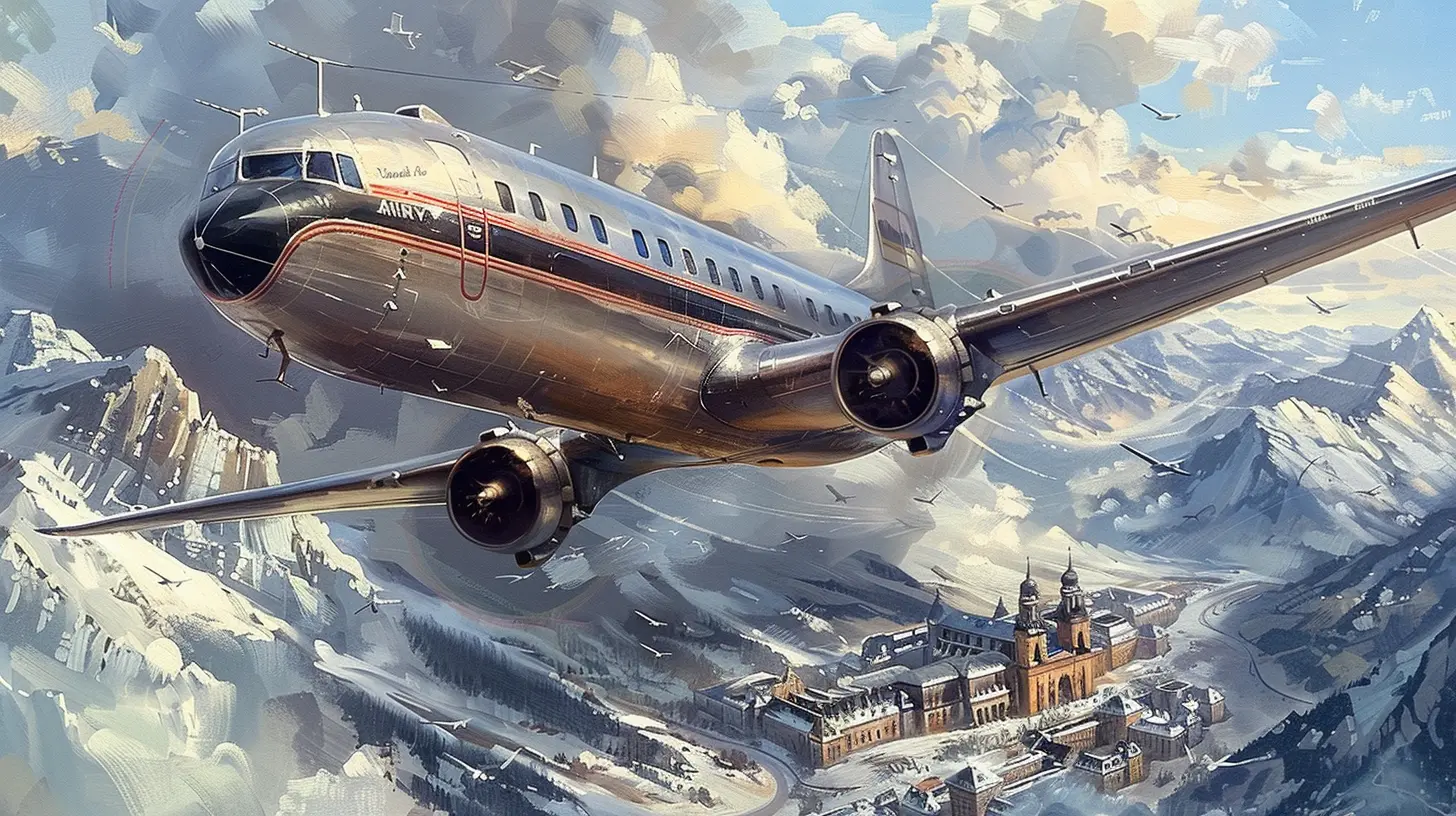
The Boom of the 1970s and 1980s
Bigger Planes, More Passengers
The 1970s introduced the legendary Boeing 747—the first jumbo jet. With its double-deck design and massive seating capacity, it revolutionized international travel. Suddenly, flying across the world was more efficient and economical.At the same time, airlines started expanding their networks, adding more destinations and increasing the frequency of flights.
Deregulation and the Rise of Budget Airlines
In 1978, the Airline Deregulation Act in the U.S. changed the industry forever. Airlines were no longer heavily controlled by the government, leading to lower ticket prices and the rise of budget airlines.Carriers like Southwest Airlines pioneered the low-cost carrier model, proving that flying didn’t have to be expensive. This was a game-changer—suddenly, more people could afford to travel by air, making flying an everyday occurrence rather than a rare luxury.
The Digital Age and Modern Air Travel
Fast forward to the 1990s and 2000s, and the airline industry was completely transformed by technology.Online Booking and E-Tickets
Remember the days when you had to visit a travel agent or call an airline to book a ticket? Those days are long gone. The internet brought online booking and e-tickets, making it easier than ever to plan travel from the comfort of home.Airports also underwent major upgrades, with automated kiosks, electronic boarding passes, and improved security measures.
The Rise of Budget Airlines
Budget airlines like Ryanair, Spirit Airlines, and AirAsia became dominant players by offering unbundled fares—charging passengers only for what they needed. This means a no-frills experience but at an unbeatable price.While some people miss the glamour of old-school air travel, there’s no denying that flying has become more accessible to a global audience.
Luxury in the Sky: The Rise of Premium Flying
While budget airlines made travel cheaper, luxury flying has also reached new heights.First-Class Suites and Private Cabins
Gone are the days when first-class just meant a little extra legroom. Today, airlines like Emirates and Singapore Airlines offer fully enclosed suites with private beds, personal entertainment systems, and even onboard showers.For those who can afford it, flying first-class is like staying in a five-star hotel in the sky. Some airlines even have lounge areas and cocktail bars on board!
In-Flight Entertainment and Wi-Fi
Flying used to mean staring out of a tiny window or flipping through an in-flight magazine. Now, even economy class boasts touch-screen entertainment systems with movies, games, and music.Many airlines also offer high-speed Wi-Fi, allowing passengers to stay connected, stream movies, or even work mid-flight. Who would’ve thought we’d be sending emails from 35,000 feet in the air?
Sustainable and Fuel-Efficient Planes
With growing environmental concerns, airlines are now focusing on sustainability. Modern aircraft like the Boeing 787 Dreamliner and Airbus A350 are designed to be more fuel-efficient, reducing their carbon footprint.In the future, we may even see electric or hydrogen-powered planes revolutionizing the skies!
Final Thoughts: The Future of Air Travel
From wooden planes to luxurious sky-high suites, the evolution of airlines has been nothing short of extraordinary. What once seemed impossible—crossing oceans in mere hours—is now an everyday reality for millions of people.With advancements in technology, artificial intelligence, and sustainability, the future of air travel looks even more exciting. Who knows? Maybe in a few decades, we’ll be boarding hypersonic jets or even flying to Mars!
One thing is for sure—air travel will continue to push boundaries, making the world feel smaller and more connected than ever.
all images in this post were generated using AI tools
Category:
Flights And AirlinesAuthor:

Pierre McKinney
Discussion
rate this article
2 comments
Orion Baxter
What a fascinating journey through aviation history! I'm intrigued by how innovation has transformed air travel from basic flights to luxurious experiences. What do you think is next for airlines?
September 17, 2025 at 4:03 AM

Pierre McKinney
Thank you! I believe the next frontier for airlines will focus on sustainability and advanced technology, such as eco-friendly aircraft and enhanced passenger experiences through AI and personalized services.
Aiden Frye
Travel smart, soar high, enjoy luxury!
June 22, 2025 at 4:35 AM

Pierre McKinney
Thank you! Traveling has truly evolved into a blend of comfort and elegance, allowing us to enjoy every moment in the skies.
